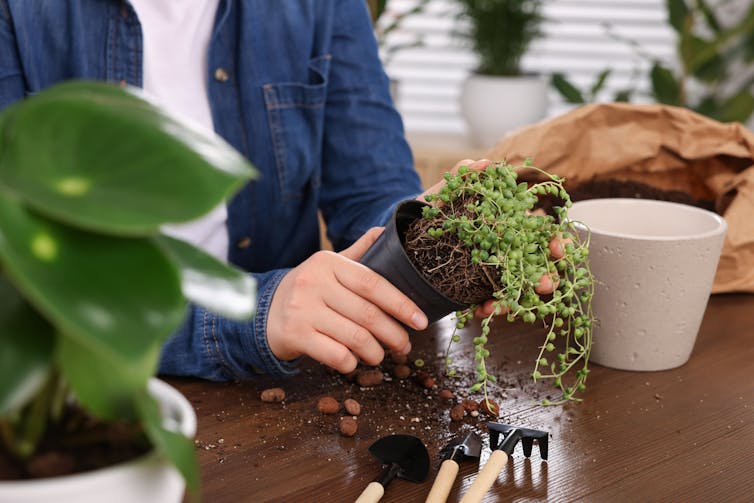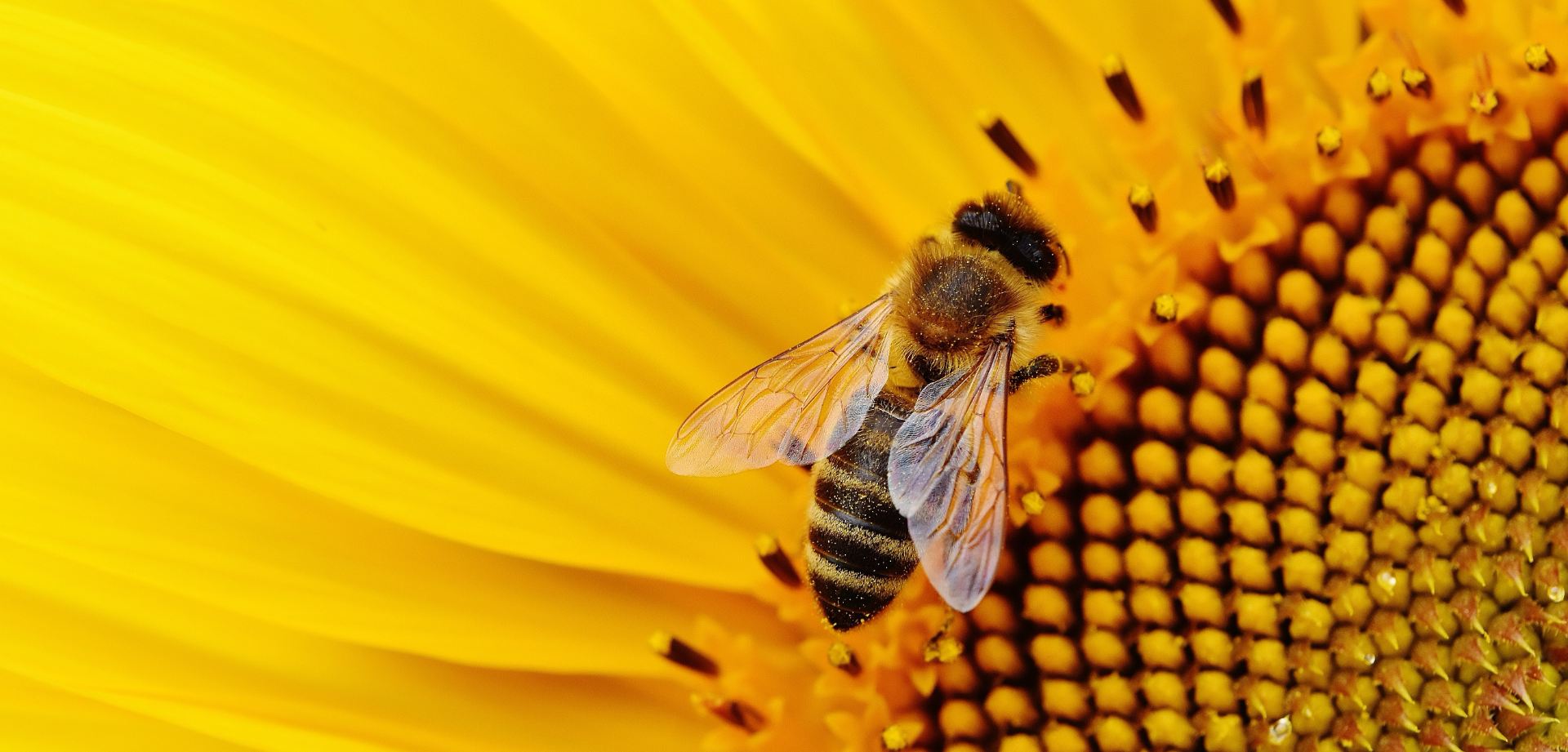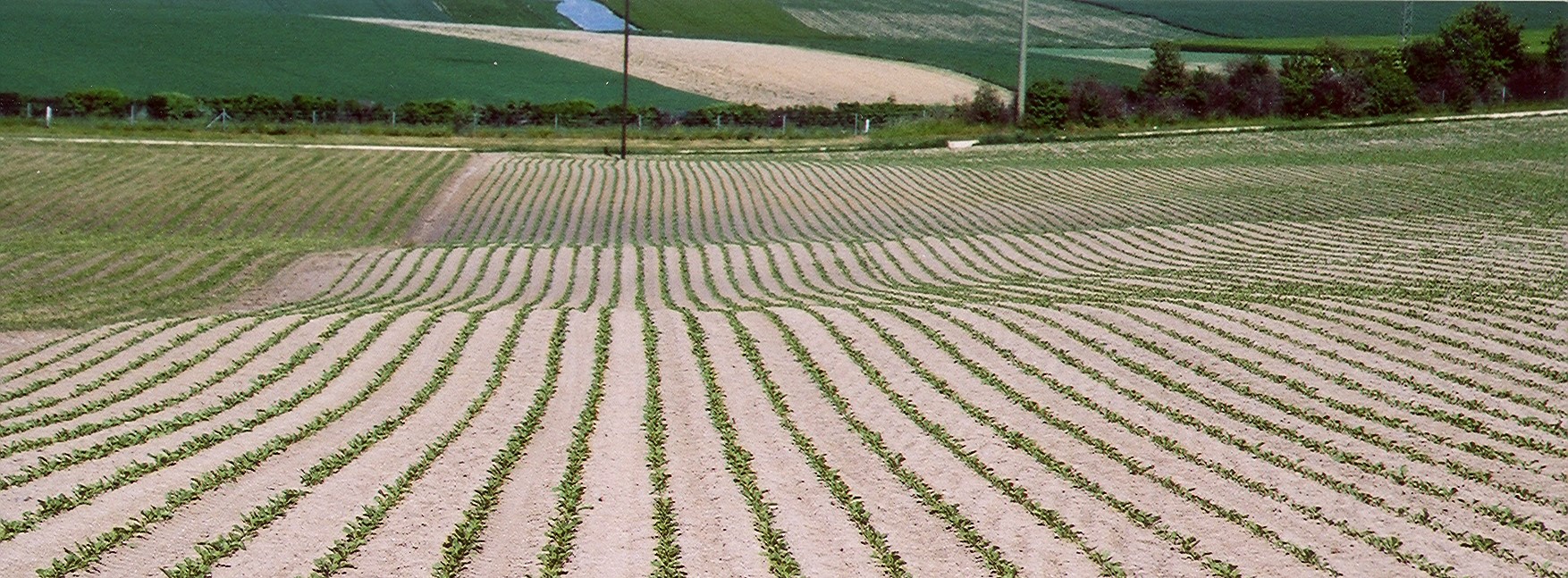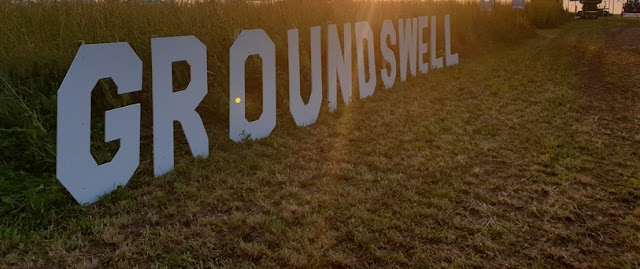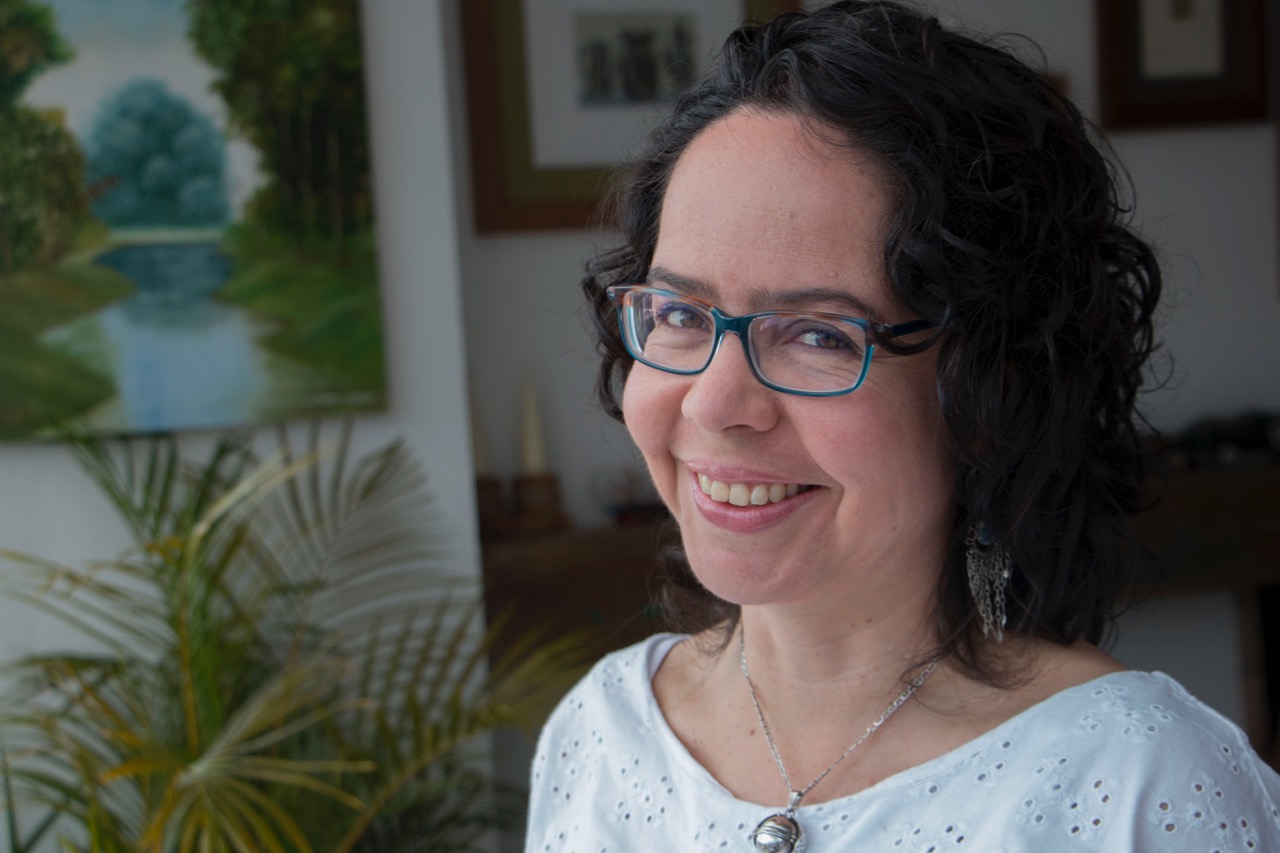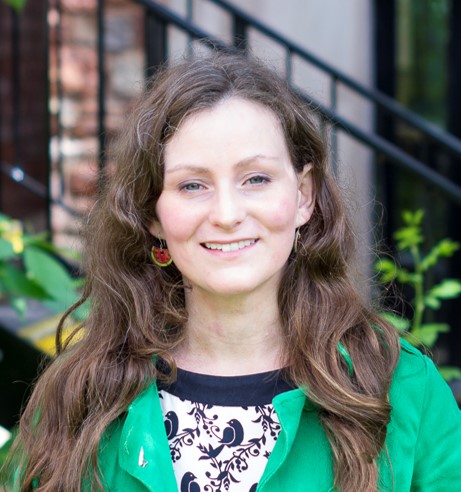The headline goal of the UK’s peatland strategy – a framework published by the International Union for Conservation of Nature (IUCN) that sets out how to improve UK peatlands – is simple, yet ambitious. The aim is for 20,000km² (2 million hectares) of UK peatland to be kept in good condition, restored or sustainably managed by 2040.
Yet, with approximately 30,000km² (3 million hectares) of these soggy ecosystems forming a complex mosaic across the UK’s four nations, 80% of it in poor condition, this is a monumental task. Five years after its launch in 2018, the experts behind the IUCN’s UK peatland programme have been reflecting on the progress.
Peat forms where wet and oxygen-limited soil conditions slow the decay of dead vegetation. This builds up over thousands of years leading to thick accumulations of organic matter, or peat. Given the continuing climate emergency, it is imperative that the carbon this contains is kept in the ground and out of the atmosphere where it will contribute to climate change.
However, land use practices over the last century have deeply drained the UK’s peatlands, destroying the waterlogged and oxygen-free conditions that preserve them and releasing the equivalent of 20 million tonnes of CO₂ each year.
Peat restoration is an important nature-based solution that can mitigate climate change and will be an essential part of reaching the UK’s legally binding emissions targets.
By restoring the UK’s peatlands, we avoid further emissions and, in time, convert them back into carbon sinks. Not only that, peatland restoration restores important functions of the ecosystem that help to reduce flood risk, clean water and improve biodiversity.
There are some reasons for optimism. Peat restoration began in the 1990s but has been rapidly accelerating in the last decade, largely focusing on raising water tables to restore low-oxygen conditions.
Around 2,550km² (255,000 hectares) of restoration have been completed. Despite problems in collating reliable data, a preliminary milestone of “1 million hectares in good condition by 2020” has probably been achieved. However, this number includes the best peatlands, which had never been extremely degraded and required little intervention.
Peatlands are finally being recognised in policy. Scotland, England and Wales all now have national peatland strategies that drive restoration of each unique landscape. And progress has been made in legislating against the effect of peat burning, with all burning on deep peat banned in England since 2021 and unlicensed burning on Scottish peatlands set to be implemented from 2025.
The peatlands of Scotland’s Flow Country, the world’s largest and most intact expanse of blanket bog, was recently designated a Unesco world heritage site.
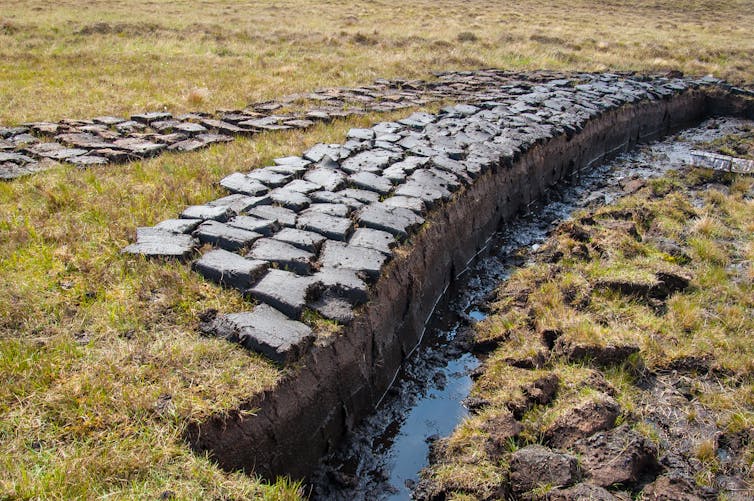
DrimaFilm/Shutterstock
The way that peatland landscapes are being managed is advancing too. Paludiculture, a way of farming that allows groundwater to remain near the surface, has been a success in Europe and recent trials have shown promise in the UK.
This wetter farming could produce sustainable construction materials and biofuels with crops like bulrushes or reeds and wetland food crops like cranberry, celery and watercress. It could help convert intensive grasslands to wet meadows that can be grazed by carefully chosen breeds of cows or even water buffalo.
Although not ready to be widely implemented, recent trials suggest that this could be key to UK land management in the future.
Despite all this attention, there has been limited progress towards most key areas of the peatland strategy, with both conservation of the best peatlands and restoration of the others falling well below target levels. Indeed, the UK government’s climate change committee consider progress to be “significantly off-track”.
In this latest report, the IUCN UK peatland team says: “The progress we talk about in our report has been made across the whole of the UK since the 1990s.” Scotland, for example, needs to complete as much restoration in only ten years as they have in the last 30. They have scaled up – just nowhere near enough.
Shortfalls and long-term goals
So why, with all this effort and goodwill, are we still falling short? Funding is a problem.
It is widely accepted that public funding will not deliver the estimated £8-22 billion needed to restore all peatlands, but private financing schemes like carbon credits are in their infancy.
There are still no universally agreed definitions of either “peatland” or “restoration”, so eligibility for the various environmental schemes that allow landowners to fund restoration is confusing and off-putting.
Even where restoration can overcome these limitations, there is no centralised way to record the progress in transforming peatlands and very little capacity for the long-term monitoring needed to show whether particular projects are being successful. So tracking progress is near impossible.
Most frustratingly, despite collectively investing £318 million in peat restoration projects, no government has banned the extraction of peat and the long-promised ban on peat sales for horticulture has not materialised anywhere in the UK.
Although progress has been slow, the capacity and knowledge built over these last five years is huge. There has never been such awareness of a need to protect and restore our peatlands, so many people available with the right skills to do it and so much political will and public or private funding to carry it out.
There are many reasons progress has been slow but, with the right funding and legislation, the progress made in the last five years can be accelerated and two million hectares of healthy UK peat may still be possible by 2040.
Now that the UN’s climate summit, Cop29 in Azerbaijan, is over, it is clearer than ever that almost every peat-containing nation in the world is grappling with the same trade-offs. Just as we are debating how to raise water tables in Somerset without ending hundreds of years of dairy farming, south-east Asian countries struggle to reduce emissions from their vast regions of degraded agricultural peatland while still sustaining populations with enormous requirements for rice.
Keeping peat in wet ground, from Scottish peat bogs to the rice paddies of China, is one of the most cost-effective ways of keeping greenhouse gas emissions down, and we need to preserve and restore as much of it as possible.
—————————–
This blog is written by Cabot Institute for the Environment member, Dr Casey Bryce, Senior Lecturer, School of Earth Sciences, University of Bristol. This article is republished from The Conversation under a Creative Commons license. Read the original article.




